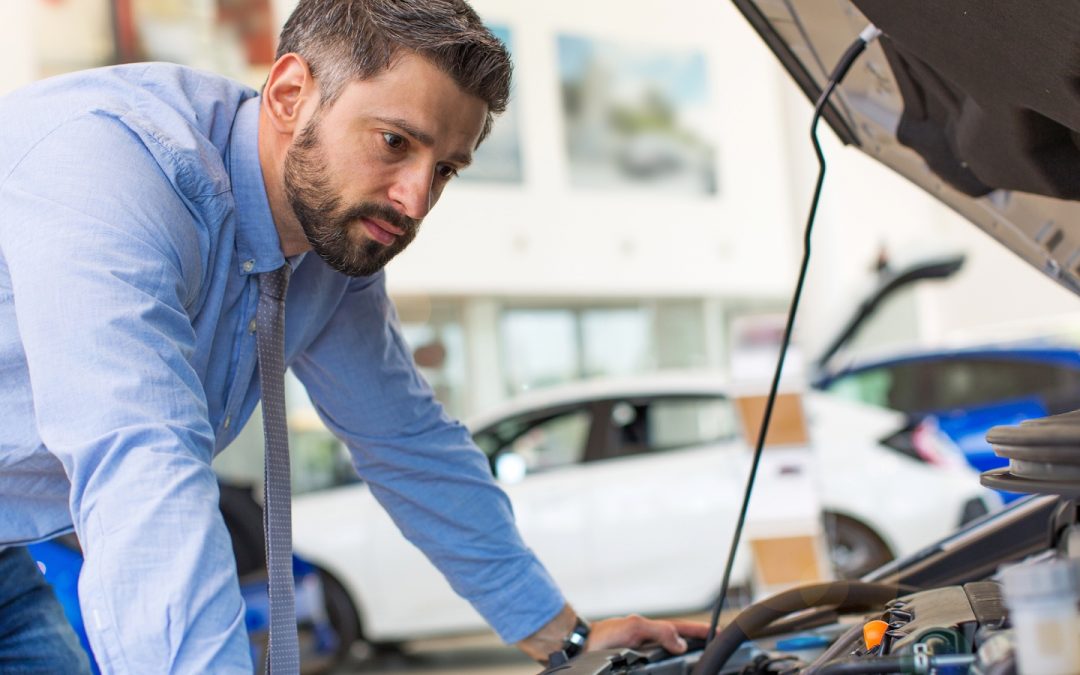Driving is one of the most potentially dangerous activities that we do daily. If there is a driving error or mechanical problem, drivers, passengers, and bystanders are at risk. One way to reduce risks is to take time before you get behind the wheel to ensure your car is in good condition. Pre-checks are essential to this process, helping ensure your vehicle is safe when driving on roads or highways.
Why pre-checks are so important
Especially if you’re planning a long trip, a pre-check can ensure your car is in top working condition. Pre-checks involve inspecting several areas of your vehicle, including tires, brakes, lights, signals, fluids (oil and coolant), battery, and charging system. Each of these parts should be checked regularly for any signs or potential problems, and it’s wise to check them yourself instead of waiting for the onboard computer to report a problem.
Checking before you drive reduces the chance of breaking down during your trip or being involved in a car accident due to part failure. Constantly checking helps you become more familiar with your vehicle, which increases your chances of noticing if something is amiss. These inspections also provide peace of mind knowing that everything has been looked over correctly, reducing the possibility of any surprises while out driving.
Additionally, pre-check inspections help keep maintenance costs down by identifying minor problems before they become big ones. If you catch a problem as it first emerges, less money will be spent on costly repairs.
4 pre-checks to conduct before driving and how they help keep you safe
Prechecks can be as in-depth or as simple as you please, but the longer the trip, the more careful you should be on your vehicle pre-check. Below are some pre-checks you should conduct before each drive.
1. Check tire pressure and condition
Ensure all tires have adequate air pressure (check your owner’s manual for more information) and inspect them visually for any signs of wear or damage, such as bulges or cracks in the sidewall. If you see this evidence, take the time to have the tires looked at by a professional. Also, check tread depth: if it’s below 1/16th of an inch deep, replace them immediately.
2. Test lights and signals
Turn on headlights, brake lights, turn signals, and emergency flashers to ensure they’re working correctly. Your lights and indicators are your primary method of being seen and communicating your intentions with other drivers. If these lights are not working, other drivers can’t see you or see what direction you’re going, especially at night or during inclement weather conditions, possibly creating a collision situation.
3. Inspect windshield wipers
Make sure windshield wipers aren’t cracked or torn by running them several times with water from a hose nozzle (or just use plain tap water). If there’s visible damage on either side, replace those blades immediately. Having clear visibility while driving is critical for safety reasons.
4. Check fluids
Always check engine oil levels with the dipstick provided inside every vehicle; add more if necessary according to manufacturer instructions in the owner’s manual booklet when buying new cars. Check coolant and antifreeze liquid levels, which helps prevent engine overheating during hot summer months or freezing in the winter. Lastly, check the transmission fluid to ensure your gears will shift smoothly.
Simplicity Car Care is a part of ongoing car maintenance
Pre-checks are incredibly important, as are regular maintenance checks by professional technicians. Though Simplicity Car Care is an auto collision center specializing in auto body collision repair, they’re experts in ongoing car maintenance. They’ll support your pre-check routine with computer analysis that’ll find any hidden problems that may threaten your safety or affect your car’s performance.
Contact Simplicity Car Care today to locate a reliable auto shop near you. If you’re planning a long road trip, take the time to get your car checked out.


Recent Comments